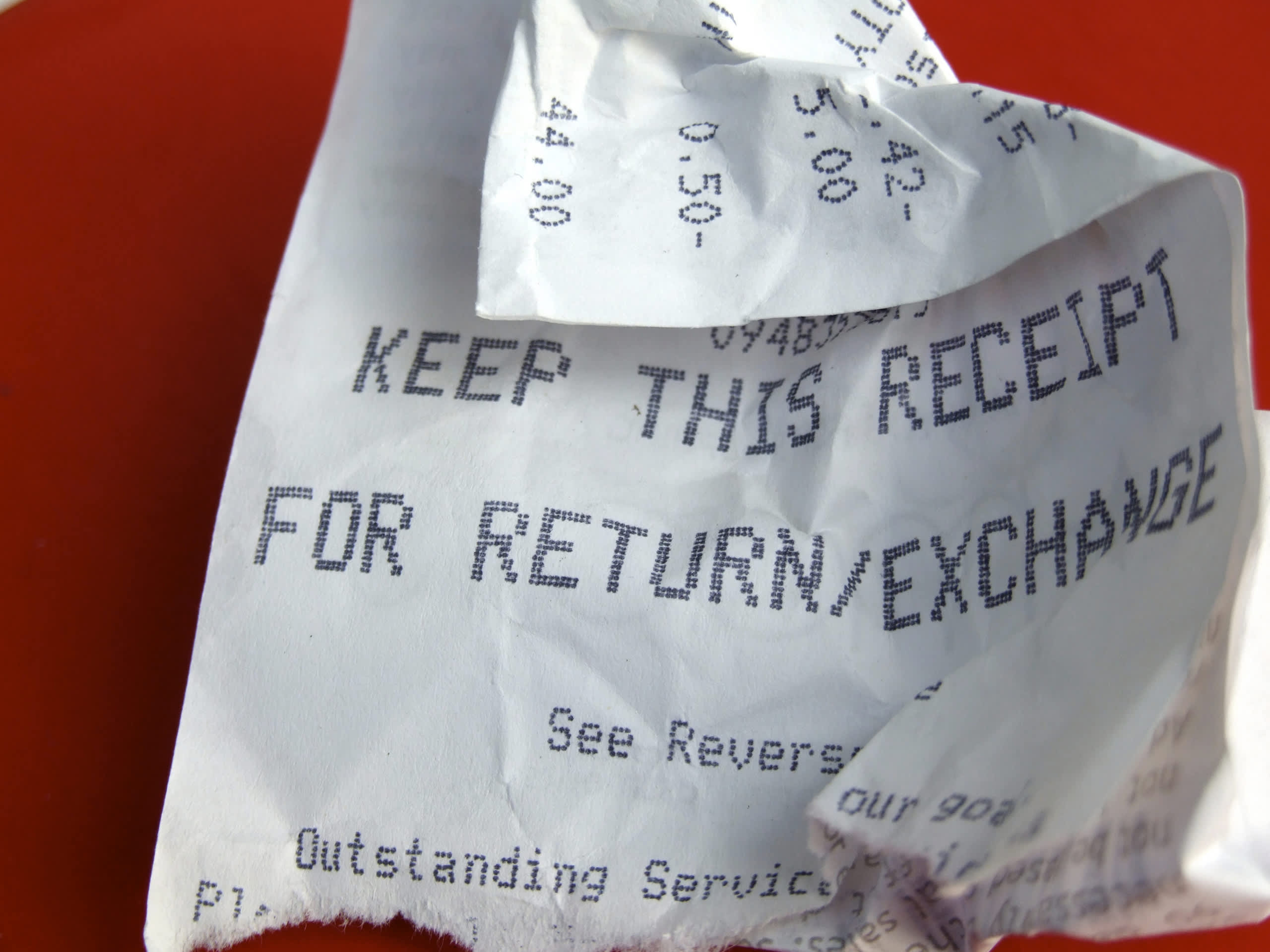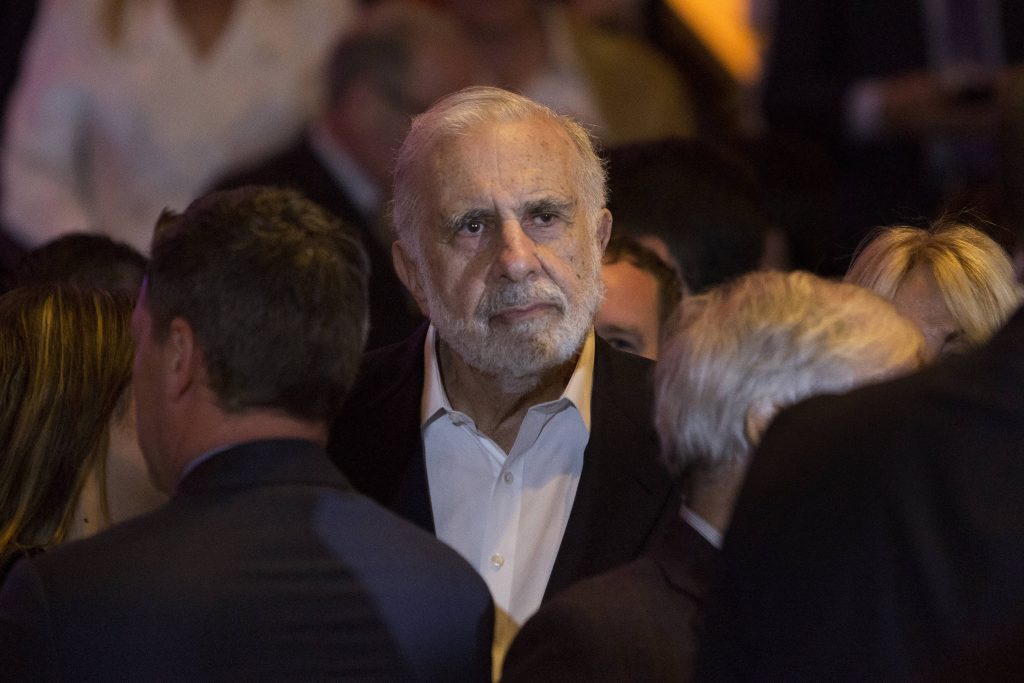Sophie Hinn with a pencil holder her mom made out of trash.
Courtesy Sophie Hinn
Using only one water bottle. Finishing that tube of makeup before buying another. Owning furniture that’s been passed down through generations.
This isn’t the lifestyle that social media influencers promoting their Amazon storefront or their brand discount codes show. So-called “underconsumption core,” however, is one of the latest personal finance trends to go viral on TikTok, with many videos about the topic receiving millions of views.
On social media, the “core” ending is often used to describe a shared aesthetic among users. Non-personal finance examples include cottage core and goblin core. Underconsumption core showcases the old items that people are still using.
More from Personal Finance:
‘Recession pop’ is in: How music hits on economic trends
‘I’m looking for a man in finance’
‘I cry a lot but I am so productive, it’s an art’
The trend is coming into play at a point when consumers feel increasingly cash-strapped.
“I think it’s romanticizing being middle class,” real estate agent Sophie Hinn of Okoboji, Iowa, told CNBC.
She has posted about how she embodies the trend, including using old towels for cleaning rags and filling her home with furniture that’s “thrifted, gifted, repurposed, [or] family hand-me-downs.”
‘Wrong to throw away perfectly usable things’
Maya Feldman with her old hairdryer.
Courtesy Maya Feldman
In a July video — one of the first using the term “underconsumption core” — 18-year-old Maya “Liu” Feldman from Germany shows the old hair dryer she still uses, and clothes from seventh grade and holey jeans she still wears.
Feldman’s TikTok immediately went viral, racking up more than 436,500 likes and 2.3 million views. Many users commented that they lead a similar lifestyle or that they were motivated to spend less after watching Feldman’s video.
“I didn’t really have a lot as a kid, and it kind of gave me this mentality of it being wrong to throw away perfectly usable things,” Feldman told CNBC.
The underconsumption core trend follows other recent pushes on social media to normalize not spending, such as “loud budgeting” and “de-influencing.”
“This one just puts a little bit more emphasis on upcycling items,” sustainability influencer Sabrina Pare told CNBC. A video showcasing her version of the trend — including the “7+ years old” leggings she still wears, and how she cuts open makeup products to “get every last drop” — received 210,600 likes.
She said de-influencing “was just focusing on not buying, and this was more focused on using what you have.”
Underconsumption or normal consumption?
Some creators have also argued that underconsumption core should instead be called “normal consumption core” because some of the behaviors frequently shown in the videos, such as reusing items, are a part of many people’s everyday lives.
“With TikTok Shop and just people always trying to sell you something, I think it’s refreshing for people to see [that] other people don’t consume,” Hinn said.
Still, it’s possible for the underconsumption core trend to go too far, said Douglas Boneparth, a certified financial planner and the founder of Bone Fide Wealth, a wealth management firm based in New York City. He is also a member of CNBC’s Financial Advisor Council.

He pointed to the Financial Independence, Retire Early movement that gained popularity a few years ago as another example of people wanting to save money. Followers of the movement aim to save up to 75% of their income, often sacrificing current comforts for the goal of exiting the workforce early.
“The flip side is if you get too caught up in that, are you basically sucking the joy out of things?” Boneparth said. “Are you not allowing yourself to actually partake in some of the more fun or frilly things in life? If you’re in the extreme camp of each, neither is good.”
‘The key word in personal finance is personal’
Hinn, Feldman and Pare all showed different interpretations of underconsumption core in their TikToks. Also, none of them expressed interest in changing their lifestyles much because they felt they already had the underconsumption core mindset, even if the term didn’t exist yet.
“I think [sustainability] is definitely a part of my everyday life,” Pare said. “It’ll always be a part of my content.”
Still, she said she’s curious if people will be using the term “underconsumption core” a few months into the future.
While the videos about underconsumption core can serve as inspiration for how to save money, Boneparth emphasized that the strategies they promote shouldn’t necessarily be immediately adopted. It’s smart to assess how a certain change fits, and what kind of benefit you may see from the effort.
Even when the underconsumption core trend fades out on social media, a balanced financial lifestyle will still be important, he said.
“The key word in personal finance is personal,” Boneparth said. “The ultimate goal should be finding the thing that works for you that allows you to be consistent and allows you to be disciplined, whether we’re talking about savings, investing [or] the accumulation of assets.”

